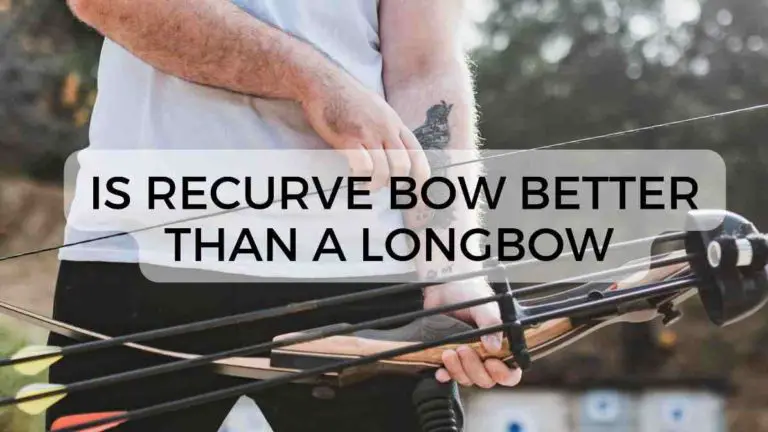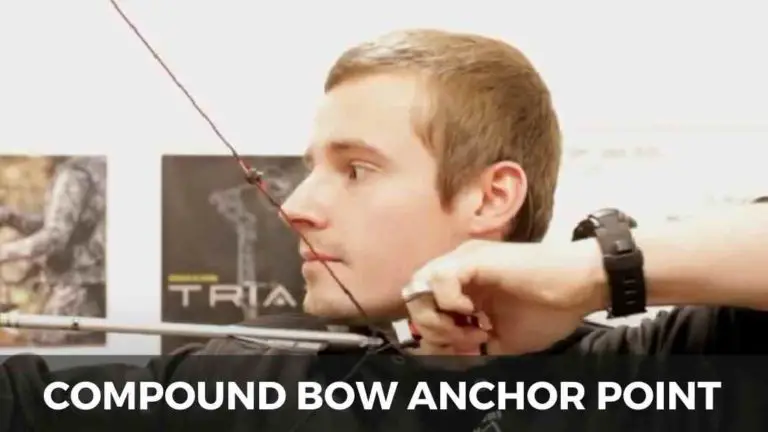Archery Plunger: ImportAnt Tool For Recurves
If you are fascinated by Olympic recurves or barebow, you must be aware of a vital accessory known as a cushion plunger. This fantastic item that is smaller in size is indeed essential to maintain accuracy and attain bow tuning.
In a video attached below, we will discuss various aspects such as features of the plunger and how you can set up one and adjust it.
What IS AN Archery Plunger?
Archery plunger is known to be a small-sized cylinder that threads inside your bow’s riser overhead the arrow’s rest. A plunger consists of a spring, and the tip of the plunger contacts the shaft of your arrow. There are two primary functions of an Archery plunger:
- They are responsible for setting up the centre shot
- As the arrow takes flight, they absorb the imperfections being present
What Do We Know About Centre Shot?
A centre shot is a lateral position of an arrow on the bow. When you set up a bow, the bow technician or the archer adjusts the plunger to mentor the arrow in line with the centre of the bow.
This kind of structure needs to use guides that include a Beiter limb line gauge to get an idea about the bow’s centerline.
The technician is then responsible for aligning the arrow by releasing the jam nut of the plunger and spinning it till the time the shaft of the arrow gets aligned with the midpoint of the bow.
If you distress the tip of the plunger, you will observe that it has a spring-like action which is indeed an important feature. The arrows usually flex whenever shot laterally.
A small amount of plunger offers imperfections and inconsistencies that are absorbed within the lateral flex of the arrow. It allows the arrow to be on the straight path as soon as it leaves the bow.
Adjustments Of An Archery Plunger
The spring tension of an archery plunger can be adjusted, allowing it to be stiffer with minimised give and weaker with maximised give.
Few of the plungers also come up with various springs for an extensive range of adjustments. These multiple adjustments assist the archers in fine-tuning the flight of the arrow.
Once you have assembled your bow and tuned it initially, you can easily experiment with the plunger tension. The limited adjustments within plunger tension can diminish groups and elevate your overall score.
Which Archery Plunger To Buy?
Now that you have a better understanding of the features of the archery plunger, you might be thinking about which plunger is ideal to buy.
Many expensive plungers are relatively consistent and offer repeatable adjustments that are pretty easy.
However, less expensive plungers also work quite well and are considered adequate than using no plunger.
All You Need To Know About – Plungers
Plungers are considered minor and essential tools for recurves. It is considered the smallest yet one of the most vital pieces of Olympic Recurve Bows. Barebow archers, which you must not confuse with traditional shooters, also utilise plungers on their bows. The plunger, which is also known as the “cushion button”, is there to fulfil two primary purposes
- During the shot, it guides the arrow down the centerline of the bow
- It allows the arrow’s flexing within reason upon release and also moderates it
The plungers also consist of a tube covering a spring with a plastic head that easily sticks out of the tube. This sort of plunger seems like a spark plug that screws within the riser just over the arrow rest. It is the point where the head meets the arrow horizontally.
Whenever the recurve shooters launch the arrow with the help of fingers, which is opposite to releasing aid, the arrow then flexes horizontally because the bowstring wraps around the fingers.
It makes it impossible to open your fingers fast enough, allowing the bowstring to travel in a straight-line form. The horizontal flex is known to be the “archer’s paradox”.
It can turn the arrow into a self-containing vibrating system when it leaves the bowstring. The plunger makes sure that the arrow leaves in a straight line form despite bending, allowing it to fly accurately and straighter.
The plungers can easily be adjusted in the right or left of the centre to ensure that the arrow is in “centre shot” form.
Keep in mind that setting the centre shot down the bow’s midline directly wouldn’t allow you to launch the arrows in a straight line from the bow. You must consult your coach or expert shop owner to find out how to set your bow’s centre shot.
After adjusting the centre shot, you must set the plunger’s tension by systematically adjusting the spring until you shoot groups from your desired distance.
By making patient adjustments, you can easily find the right spot for the plunger tension that may deliver the tight groups and make your setup more lenient. Of course, it will make the shooting mechanics inconsistent, but the arrows will still group tightly somehow.
Benefits Of Well-Adjusted Plunger
- A well-adjusted plunger will allow you to guide the arrow back to the middle. However, it can’t correct the foul shots.
- The plunger tension can also solve the minor tuning issues within the arrows that are a little weak or stiff.
- Minimising plunger tension for stiff or weak arrows can allow you to put your shot in a ten ring persistently.
Almost all competitive recurve archers require a plunger after the introductory sessions. The right plunger elevates consistency and can last for a more extended period. It can also make your box more forgiving, but you cannot expect it to fix every shooting issue. It would be helpful if you kept executing good shots while elevating your technique.




